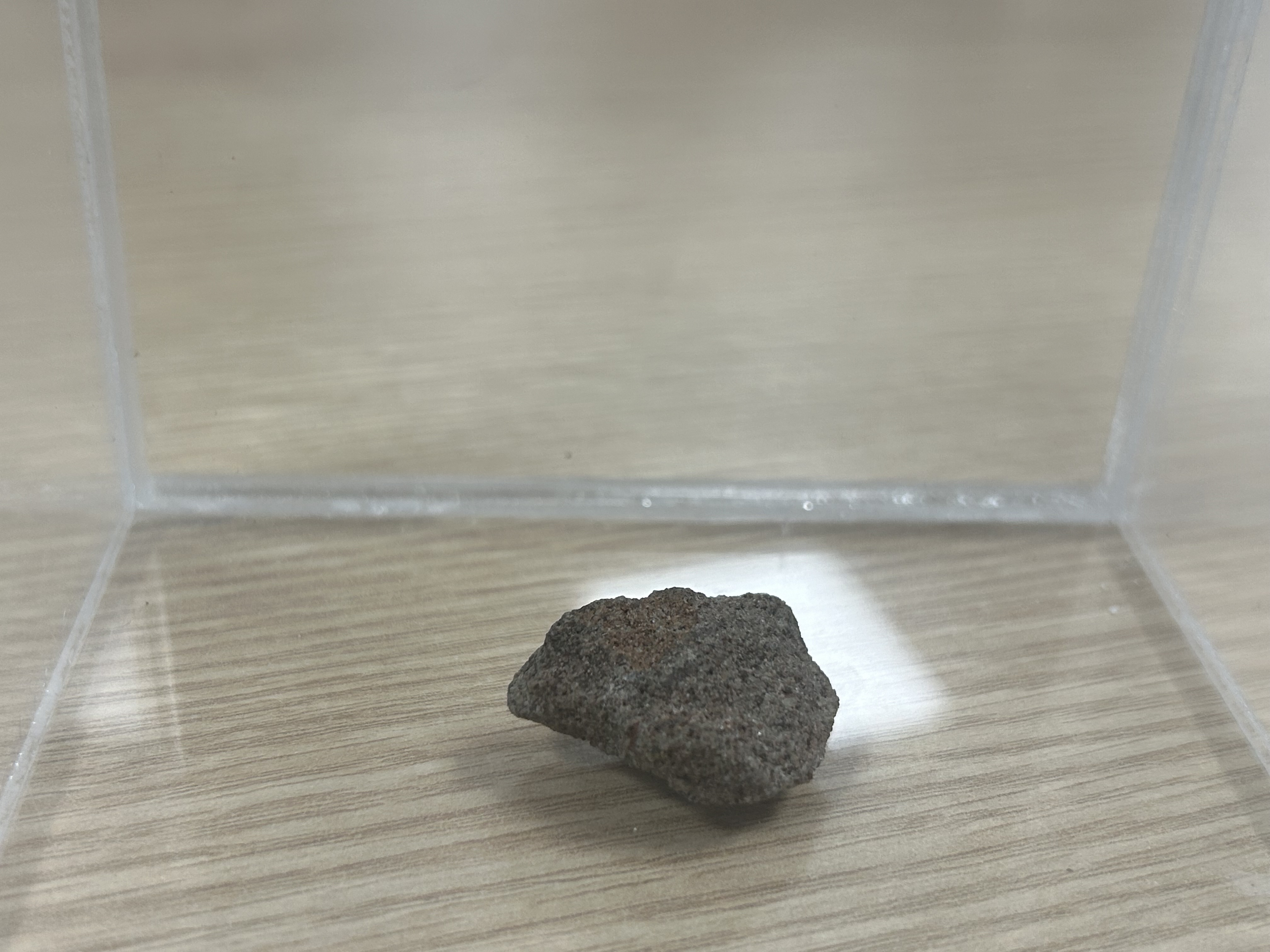On Christmas Day 1950, one of the most audacious political heists in British history went awry when a Scottish nationalist named Ian Hamilton dropped the famous Stone of Destiny while spiriting it away from Westminster Abbey in London. Also known as the Stone of Scone, the revered lump of sandstone split in two, and new research has finally traced the subsequent history of the various fragments of stone that were secretly circulated around the world.
The stone’s significance dates back to 1249 CE, when the medieval kings of Scotland began using the relic during coronations. However, less than half a century later, the Stone of Destiny was stolen by Edward I of England and taken to Westminster Abbey, where it became a central symbol in the crowning of all subsequent English – and later, British – monarchs.
Urged on by Scottish politicians Bertie Gray and John MacCormick, a group of students, including Hamilton, conspired to bring the Stone of Scone back to Scotland, and while they succeeded in capturing the precious rock, they failed to keep it in one piece.
“This is not just any stone,” said Professor Sally Foster, author of the new study, in a statement. “When Scottish nationalists manhandled it out of the Coronation Chair and secreted it away from London’s Westminster Abbey on Christmas morning 1950, this caused the English–Scottish border to be closed for the first time in 400 years, because, since the 14th century, nearly all English, later British monarchs, sat over the Stone during their coronation, in an act that symbolised the subjugation of the Scots.”
However, despite supporting Scottish independence, Gray and MacCormick did not oppose the British crown, and decided to return the Stone of Destiny in 1951 when it became clear that King George VI was close to death, and that the item would be needed during the Coronation of Queen Elizabeth II. They therefore recruited a mason named Edward Manley to join the two chunks together before dropping it off on the steps of Arbroath Abbey, to be collected by the authorities.
During these repair works, 34 small chunks of the stone became dislodged, later to be numbered by Gray and distributed to trusted friends, politicians, and journalists, accompanied by a letter of authenticity. Seeking to trace these fragments, Foster conducted extensive archival research, spoke with collection curators and institutional experts, and interviewed those close to Gray and his circle of friends.
A fragment of the Stone of Destiny, which is housed at the headquarters of the Scottish National Party. Image credit: SNP (photographer Ross Colquhoun)
“Since my findings started to emerge, many members of the public have contacted me with their family’s knowledge of credible Stone fragments, often accompanied by supporting evidence – but there are many gaps yet to fill,” she says.
Yet many of the chunks have successfully been traced. For instance, Foster discovered that one fragment was given to Hamilton, who then encased it in a silver brooch that he gifted to his wife Sheila as a birthday present, though she never wore it.
Gray gave another piece to an Australian tourist named Catherine Milne, as part of his mission to spread the Stone of Destiny to every continent on Earth. Following Milne’s death in 1967, her relatives donated the fragment to the Queensland Museum.
A fragment of the Stone of Destiny was gifted to the Queensland Museum, along with a letter of authenticity. Image credit: Queensland Museum, Peter Waddington
Meanwhile, one of the chunks ended up in the possession of former Scottish First Minister Alex Salmond, while another was incorporated into the horse-drawn carriage that current British King Charles III rode in to his coronation at Westminster Abbey in 2023. The piece was inserted into a wooden panel beneath the seat that King Charles and Queen Camilla sat on as they traveled.
These days, the Stone of Destiny is housed in Edinburgh Castle, having been returned to Scotland in 1996. However, it is still transported to London each time a new monarch is crowned.
As for its botched theft, neither Hamilton nor any of his co-conspirators were ever prosecuted, and Foster is now continuing in her attempts to locate all 34 pieces that fell off the Stone of Destiny during its repair.
The study has been published in The Antiquaries Journal.
Source Link: We Finally Know What Happened To The Stone Of Destiny
